Australia So Much to See


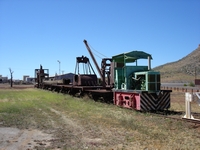
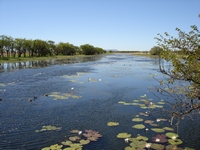
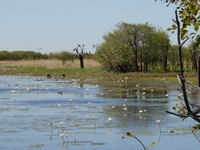
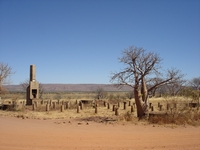
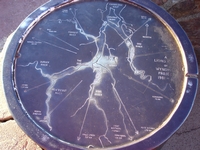
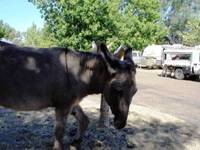
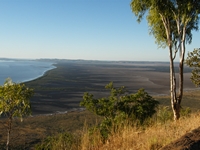
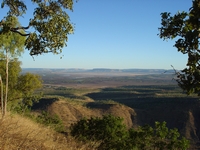
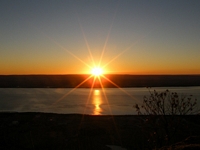
Touring the East Kimberley 2008 – Wyndham and Kununurra. We look around Old Wyndham then reach Kununurra on the Ord River.
After leaving the
From the Bastion Five Rivers lookout, looking south to the
At the Bastion, the Five Rivers Lookout is a spacious hill top park and picnic area. There are several parking areas for different viewing on the way up the hill. This lookout is at the highest point of the Bastion Range at 330 metres.


When I was a very young child, on a family cruise we visited Wyndham and the abattoir. At first we watched for the cattle coming
in until we saw a faint cloud of dust on the horizon, and then watched the horse riders bring the large herd of cattle into town.
The Aboriginal stockmen were very skilled riders and drovers. I was interested to return and see what I could remember of the
town as it was then. The north of the state was serviced by the state ships not road and the ship we were on carried supplies
for the
Looking to the north east, the vast tidal flats of the Ord estuary can be seen.
To the north,
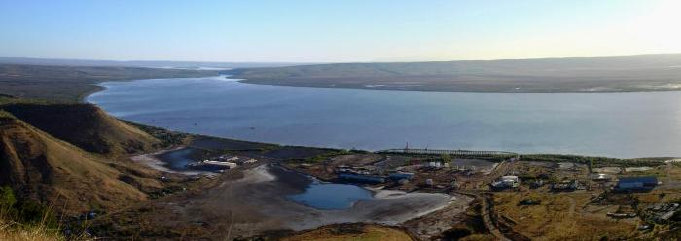
From Wyndham, we took the
Extract from ABC (article no longer available).
A donkey by the name of Fuzzy has for years roamed the streets of
Wyndham in far north Western Australia after being saved as a baby from a donkey cull on Flora Valley station.
Locals know and
love Fuzzy for his gentle nature, but the special friendship which he struck with a horse known as Mr Ed became famous.
"Mr Ed
and Fuzzy lived on and off together for years" says the owner of Mr Ed.
"Even though there was four or five strands of barb wire
keeping the horse in, old Fuzzy would stick his head in and then walk straight through the barb wire, spend a day or so with the horse
and then leave whenever he felt like it."
Unfortunately last year Fuzzy's best mate Mr Ed, died outside the local bakery.
"He
was saved from the 10,000 donkeys that got shot on Flora Valley, the only mate he had here (Wyndham) was Mr Ed and he lost him as
well, so he's the loneliest donkey in the world."
With a personality bigger than Wyndham's big croc, Fuzzy spends his days munching
on green pick near the caravan park or pinching flowers from Wyndham gardens.
A bird viewing platform has paintings which identify the many species which frequent Marlgu. The shallow running water was teaming
with tiny fish and 220 bird species can be found here.
On a hill overlooking Marlgu Billabong is Telegraph Hill. This was the site of the Wyndham Wireless Station between 1914 and
1921, which assisted ships enter the
We drove down to Marlgu Billabong in the Parry Lagoons Nature Reserve. This fresh water wetland flows into the tidal floodplain
of the lower Ord.
Back at the Wyndham Caravan Park, a very friendly old donkey came around for pats, scratches and bits of food from the visitors.
Donkeys were once a transport and pack animal in the
The
The Victoria Highway leading from the west into Kununurra crosses the wall of

The Five Rivers Lookout is an ideal spot for viewing the surrounding area, and watching a golden sunset.